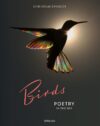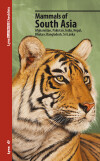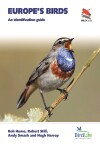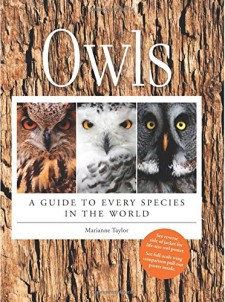 Owls: A Guide to Every Species in the World
Owls: A Guide to Every Species in the World
by Marianne Taylor
From Harper Design:
Discover the fascinating and mysterious world of owls with this stunning full-color, encyclopedic visual guide that explores all 225 known species, packed with maps, photographs, illustrations, informative scientific details, and a bonus 35½” x 12″ accordion poster illustrated with the true-to-size wing length of the largest owl, overlayed with the wing length of the smallest owl and several owls in-between.
Humans have long been fascinated by owls. From prehistoric cave paintings to popular modern children’s stories, these magnificent predators have been seen as harbingers of good fortune and impending disaster, as icons of fear and wisdom, and as the powerful sidekicks of magic-makers, including the beloved Harry Potter. Scientists have faced tremendous challenges trying to document the lives of these solitary, nocturnal, and highly elusive creatures. New species are still being discovered, as are new insights into the habits of even the most familiar varieties.
Visually spectacular and authoritative, Owls includes full descriptions and maps of key viewing locations for all 225 owl species in the world, and is illustrated with drawings and stunning full-color images from some of the leading wildlife photographers from around the world which capture these birds’ breathtaking beauty and power. The book also features a special section on the art of hiding—a highly honed skill set of the owl.
Throughout, Marianne Taylor provides a wealth of detail on each type of bird’s hunting and breeding behavior, habitat, and conservation. Inside, are dozens of fun facts, such as:
- Only nineteen of the 225 known species of owls are found in North America;
- Owls can be found on all continents except Antarctica;
- Owls, like humans, have binocular vision;
- Owls cannot turn their eyes, but are able to rotate their heads up to 270 degrees;
- Owls are carnivorous and are known to eat rodents, small mammals, nocturnal insects, fish, and other birds.
Lavishly illustrated and educational, this breathtaking volume is essential for readers interested in natural science, devout birders, professional ornithologists, and all owl lovers.
When it comes to owls, there is any kind of book you could want. If you’re looking for a readable introduction to each of the world’s owls, along with some great photos – this is the book you want. Of the 225 owls covered, 205 of them get a one, sometimes two, page account, complete with range map and a single, large photo. The remaining 20 fit two to a page, since they don’t have a photo (to be fair, many of these are range restricted, one is extinct, and another likely so). Also included is a 15-page introduction covering the basics of owl biology.
Owls: A Guide to Every Species in the World
by Marianne Taylor
Hardcover; 256 pages
Harper Design; November 22, 2016
ISBN: 9780062413888
$50.00
Buy from NHBS
(based in the U.K.)
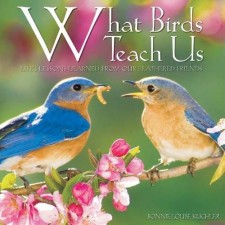 What Birds Teach Us: Life’s Lessons Learned from Our Feathered Friends
What Birds Teach Us: Life’s Lessons Learned from Our Feathered Friends

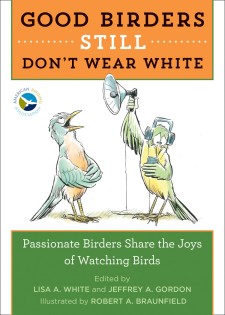 Good Birders Still Don’t Wear White
Good Birders Still Don’t Wear White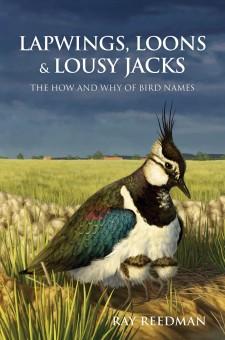 Lapwings, Loons and Lousy Jacks: The How and Why of Bird Names
Lapwings, Loons and Lousy Jacks: The How and Why of Bird Names
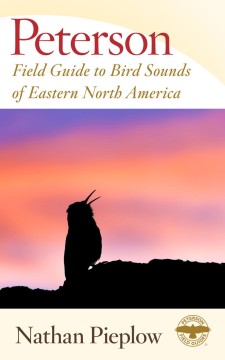 Peterson Field Guide to Bird Sounds of Eastern North America
Peterson Field Guide to Bird Sounds of Eastern North America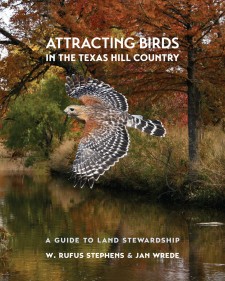 Attracting Birds in the Texas Hill Country: A Guide to Land Stewardship
Attracting Birds in the Texas Hill Country: A Guide to Land Stewardship Owls: A Guide to Every Species in the World
Owls: A Guide to Every Species in the World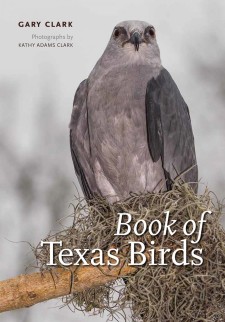 Book of Texas Birds
Book of Texas Birds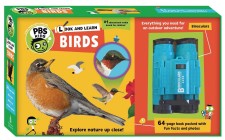 Look and Learn Birds / Insects (PBS Kids)
Look and Learn Birds / Insects (PBS Kids) Animals of Kruger National Park
Animals of Kruger National Park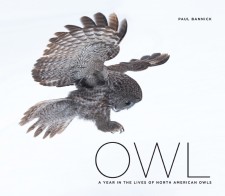 Owl: A Year in the Lives of North American Owls
Owl: A Year in the Lives of North American Owls



